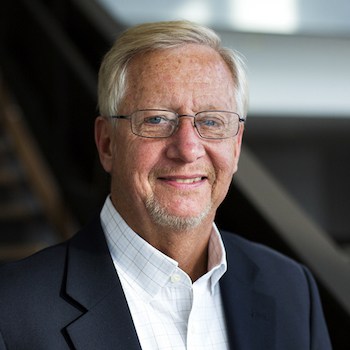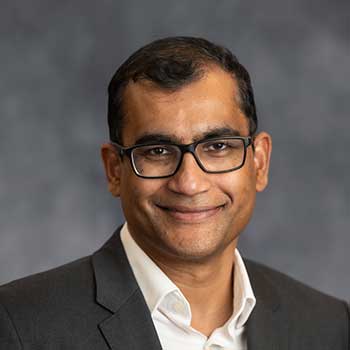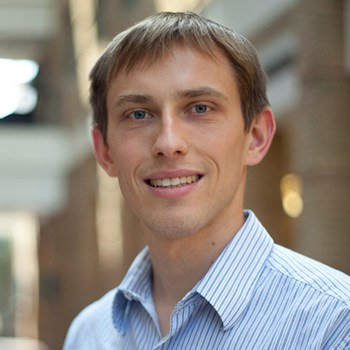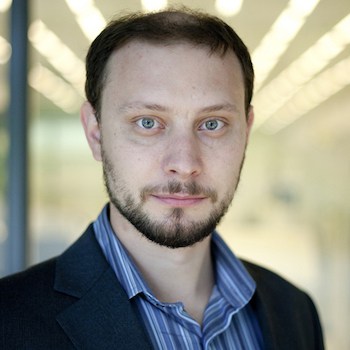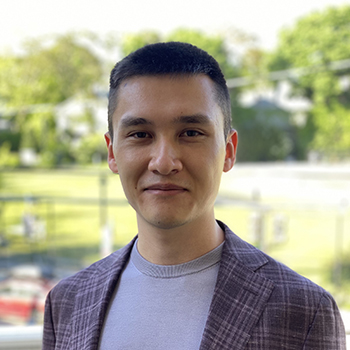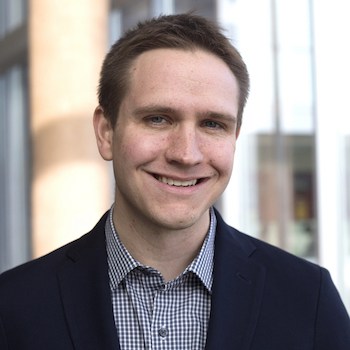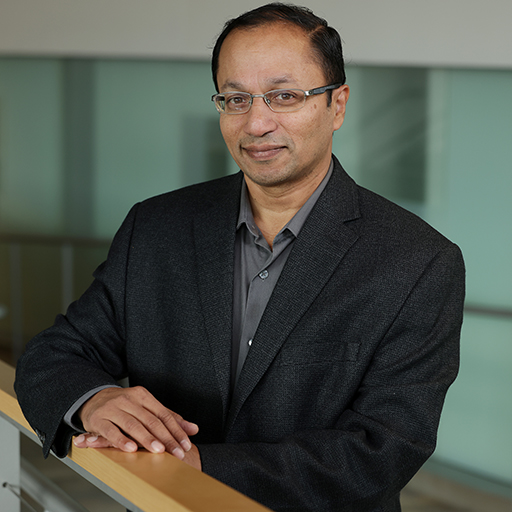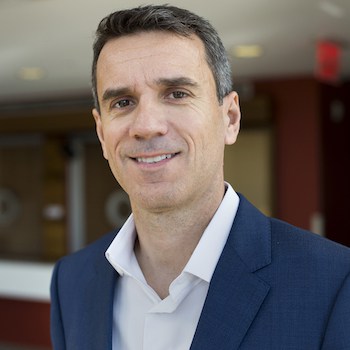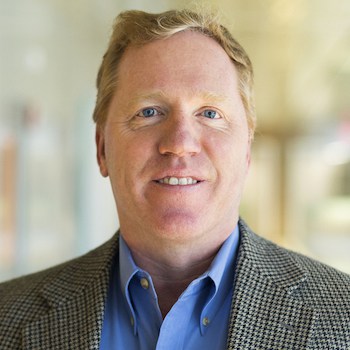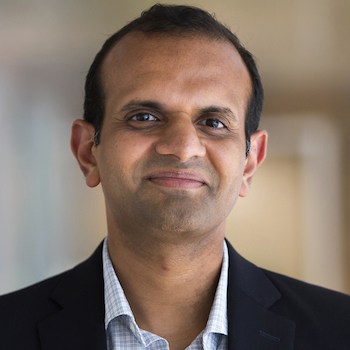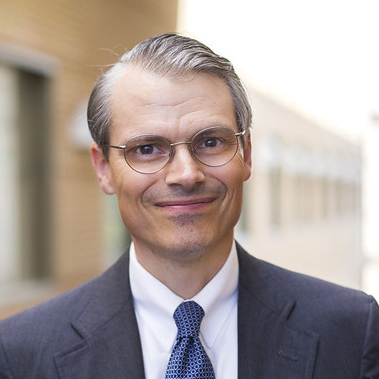
Aerodynamics & Propulsion
Aerodynamics and propulsion involve the study of flows: either around aerodynamic bodies (external flows, aerodynamics or fluid dynamics) or through engines (internal flows or propulsion). Aerodynamics and propulsion are important for numerous aspects of aerospace engineering, such as airplane aerodynamics, helicopter aerodynamics, jet propulsion, rocket propulsion, advanced propulsion, properties of the space environment and many others.
At Michigan, courses in the aerodynamics and propulsion curriculum cover topics such as incompressible flow, compressible flow, viscous flow, turbulence, plasmadynamics, non-equilibrium and rarefied flows, jet and rocket propulsion, electric propulsion, and computational fluid dynamics, among others. Research at Michigan covers a wide array of topics of current interest in aerodynamics and propulsion. Some particular strengths of Michigan’s research program in aerodynamics and propulsion are listed below. In addition, particular research topics are listed on faculty members’ web pages.
Aerodynamics & Propulsion FACULTY
Aerodynamics & Propulsion RESEARCH GROUPS
Computational Aerosciences Laboratory
Computational Aerosciences Lab is directed by Professor Karthik Duraisamy. The lab conducts research that involves the development of computational algorithms and models with application to fluid flows of Aerospace interest. This includes fluid dynamic modeling at a fundamental level as well as in an integrated system-level setting. An overarching theme in our lab involves the use of simulation and data-driven methods to answer scientific and engineering questions with an appreciation of the effect of numerical errors and modeling uncertainties on the predicted results.
Computational Fluid Dynamics Group
Computational Fluid Dynamics Group (CFDG) is directed by Associate Professor Krzysztof Fidkowski. CFDG specializes in the development of robust, scalable, and adaptive solution techniques for computational fluid dynamics. Our work has involved a wide range of applications, such as aircraft drag prediction in subsonic and transonic flows, uncertainty quantification in nuclear reactor thermal-hydraulics codes, and probabilistic approach to contaminant source inversion to name a few. Current research topics of interest include optimal mesh generation and adaptation, accurate error estimation, robust solvers for unsteady aerospace problems, machine-learning methods, and efficient use of advanced mathematical techniques and large-scale high-performance computing.
Gas Dynamics Imaging (GDI) Lab
The Gas Dynamics Imaging (GDI) Lab is directed by Professor Mirko Gamba. The GDI Lab research interests and activities mainly focus on laser diagnostics for fluids and reacting flows, low- and high-speed mixing and combustion. They conduct experimental investigation of supersonic combustion in scramjet-type environments, hypersonic impulse facilities, rocket combustion phenomena, development and application of PLIF-based techniques for mixing and thermometry, and turbulent nonpremixed combustion.
Laboratory for Computational Fluid Dynamics
The Laboratory for Computational Fluid Dynamics (KECK CFD) has a three-prong research program:
- Development of basic algorithms in computational fluid dynamics and related fields (computational aero-acoustics, electromagnetics, plasma physics and others)
- Development of parallel codes to solve large-scale problems in aerodynamics
- Space physics application of codes to physical problems
- The staff consists of three faculty (Kenneth Powell, Philip Roe, Bram van Leer), two postdoctoral fellows and over a dozen doctoral students. The physical facility includes a number of high-end workstations (HP and SGI) and peripheral equipment.
- Plasmadynamics and Electric Propulsion Laboratory
- Plasmadynamics and Electric Propulsion Laboratory at the University of Michigan
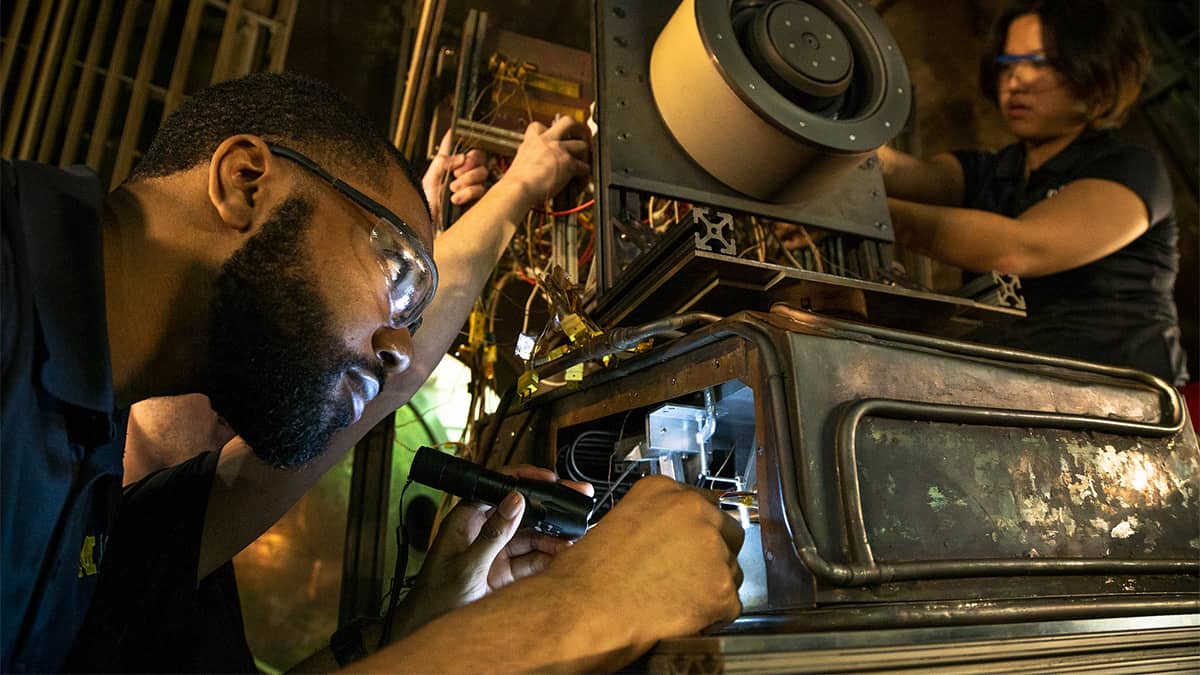
Plasmadynamics and Electric Propulsion Laboratory
The Plasmadynamics and Electric Propulsion Laboratory (PEPL) is directed by Professor Benjamin Jorns. PEPL’s experimental and theoretical research program is guided by three goals:
- To make electric propulsion (EP) devices more efficient and of better performance
- To understand spacecraft integration issues that could impede the widespread use of these devices on scientific, commercial and military spacecraft
- To identify non-propulsion applications of EP systems (e.g., plasma processing, space-plasma simulation).
Experimental and theoretical research is carried out on the development and application of electric propulsion systems, including electrothermal propulsion systems, electromagnetic propulsion systems and electrostatic propulsion systems. The centerpiece of the laboratory is a large vacuum chamber that is 9m in length and 6m in diameter and is the largest vacuum facility of its kind at any university in the nation. A full range of measurement, instrumentation and data acquisition equipment supports the facility.
Propulsion and Combustion Engineering Laboratory
The Propulsion and Combustion Engineering Laboratory (PACE) consists of Professor James F. Driscoll and his graduate students in the department of Aerospace Engineering at the University of Michigan. Research in the group focuses on employing advanced diagnostics to study both the fundamentals of turbulent combustion and its application to propulsion systems. Particle image velocimetry (PIV), planar laser induced fluorescence (PLIF), laser velocimetry, schlieren and shadowgraph techniques are some of the more common diagnostic tools used in the lab for flow visualization.
